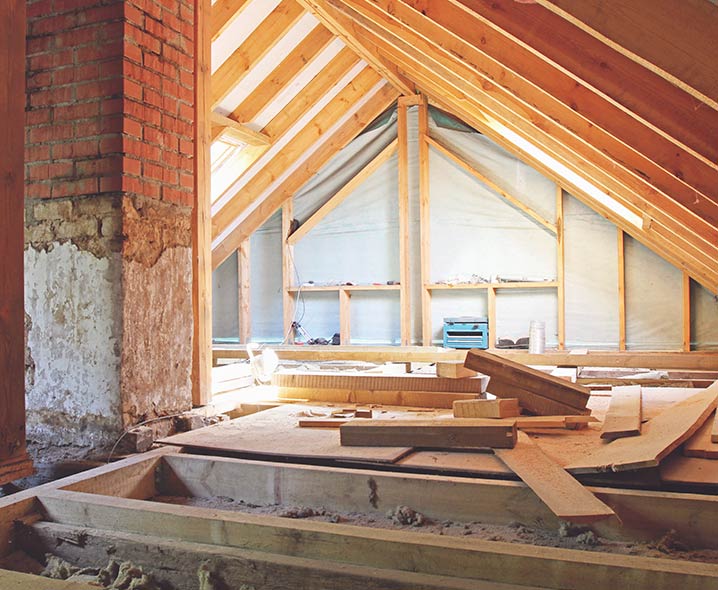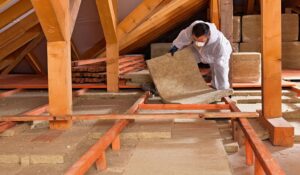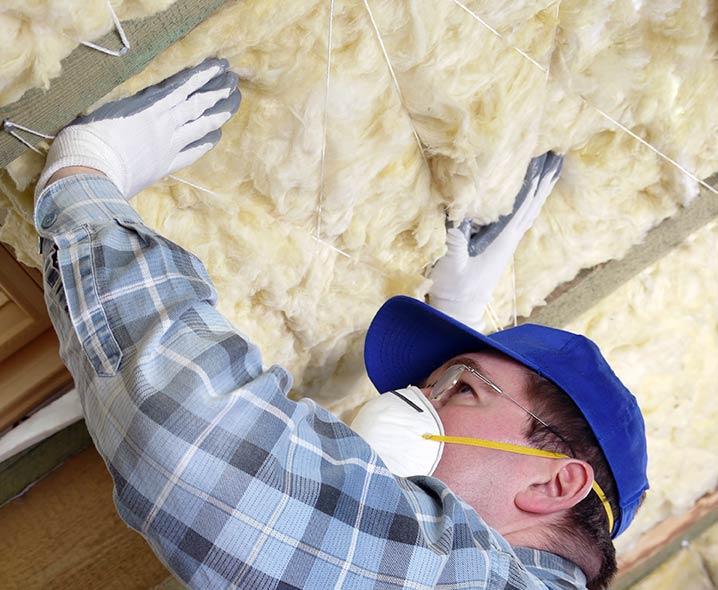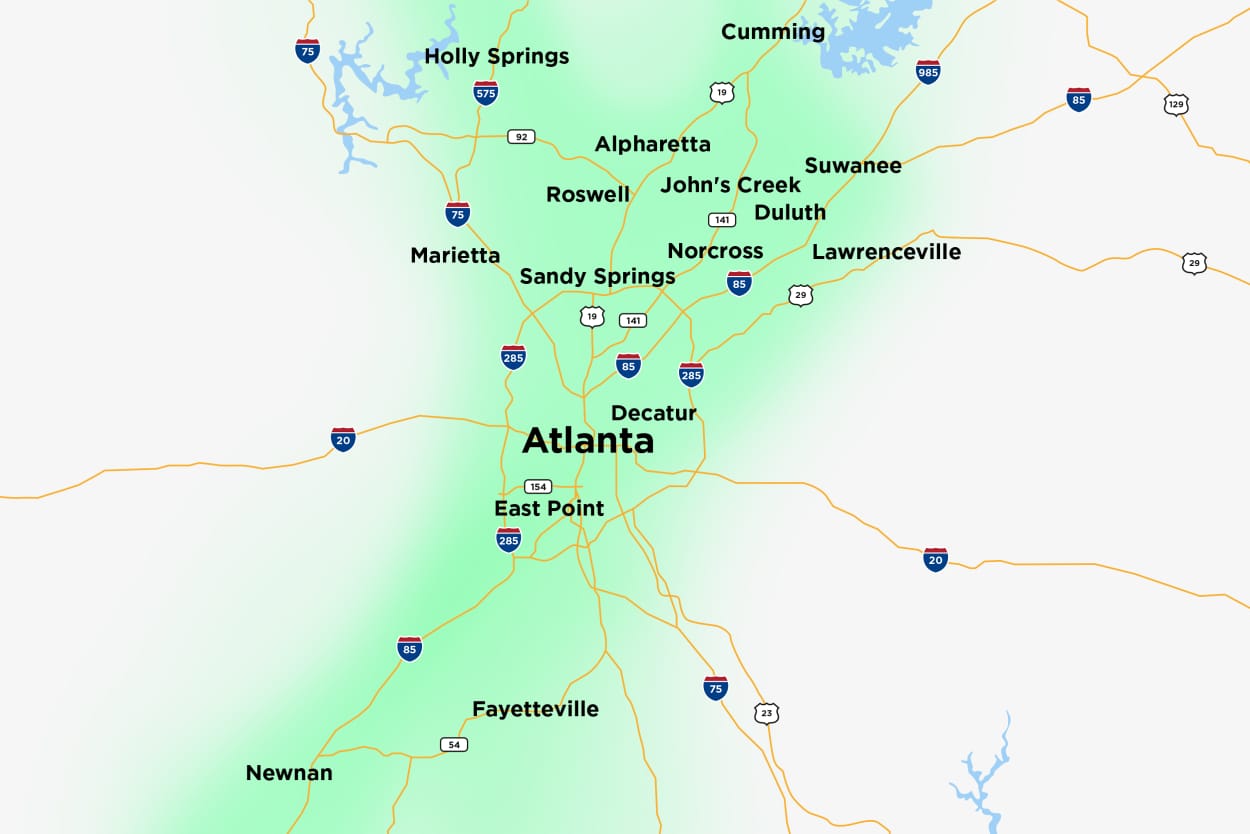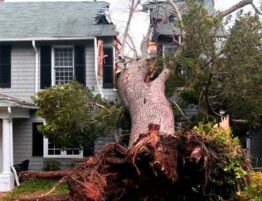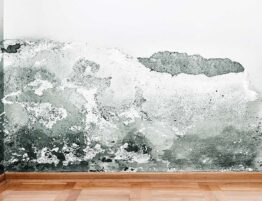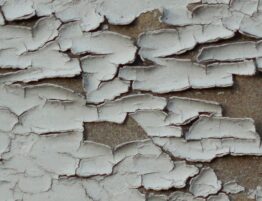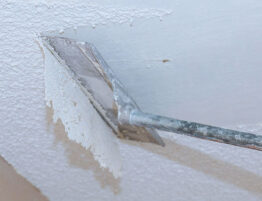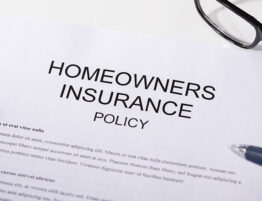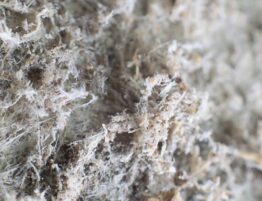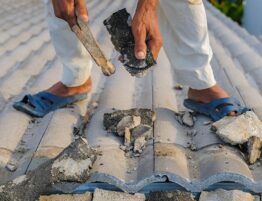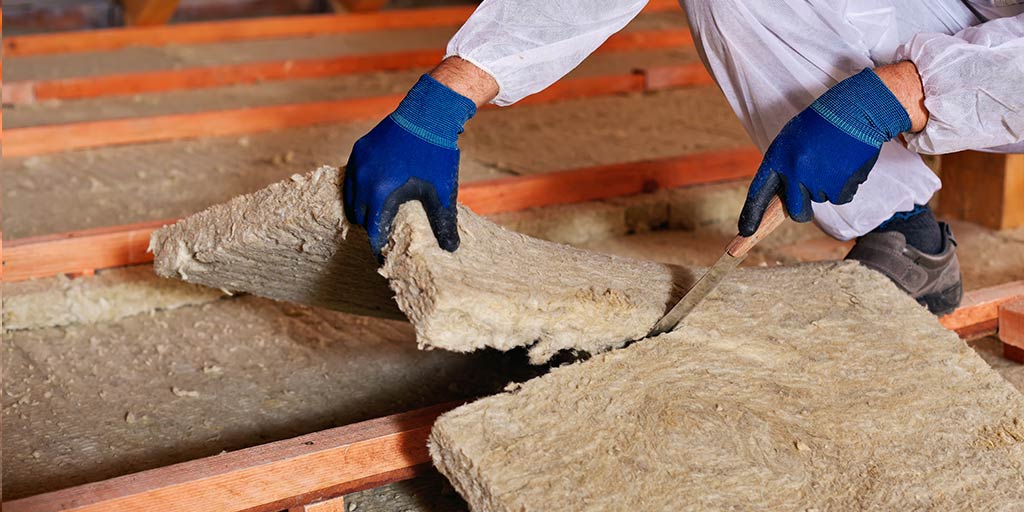
If you’re doing demolition or renovation on your property, there is a good chance you will come across insulation materials in the process. This is only a problem because asbestos insulation is extremely harmful if disturbed. So the question becomes, how to tell the difference between cellulose and asbestos insulation in your home?
Although cellulose insulation has been around in the United States since 1772, asbestos was most commonly used in the 1900s. Asbestos fibers naturally helped with soundproofing, fire-resistance, and temperature control, and were cheap and easy to use since asbestos is a naturally occurring mineral.
But how do you know what type of insulation was used on your property? Was it the eco-friendly cellulose or the hazardous asbestos? How can you tell the difference?
Let’s discuss exactly what cellulose and asbestos are, how they are used as insulation, and how to tell the difference between cellulose and asbestos insulation in your building.
Cellulose vs asbestos insulation: what is the difference?
Asbestos is a naturally occurring silicate mineral. There are six kinds of asbestos minerals, which are all made of long and thin fibrous crystals. These fibers are so tiny, they can’t be identified with the naked eye alone. This is one of the reasons it is so hard to determine if you have asbestos insulation on your property.
Cellulose, on the other hand, is made from a mix of recycled materials from old newspaper to cardboard to straw. This paper-based insulation is treated with boric acid and other chemicals to ensure it is fire and pest resistant.
Both asbestos and cellulose insulation can be applied in a variety of ways, from blanket insulation to loose fill. Loose fill is often found in attics, and is the most dangerous form of asbestos to encounter. Because the blown-in particles are loose, it’s very easy to disturb them.
Learn more about our vermiculite insulation removal services
We call this kind of material “highly friable.” It means the asbestos fibers are at high risk of going airborne and potentially being inhaled. Once you inhale asbestos fibers, you will never get them out of your lungs. Over time, these fibers have been proven to cause lung disease and terminal cancer, so it’s best to avoid loose fill asbestos insulation at all costs.
So how can you tell the difference between cellulose and harmful asbestos? Let’s discuss a couple physical differences between the two insulation materials.
How to tell the difference between cellulose and asbestos insulation
Both cellulose and asbestos can be used in loose-fill and spray-on forms, and look extremely similar during any sort of visual inspections. Occasionally, you will be able to tell the difference between asbestos and cellulose simply by looking at it.
The main way to ensure your insulation is cellulose is to look for obvious signs the insulation was made from recycled newspaper, for example: colored pieces of paper or bits of printed letters that jump out on observation.
Of course, if these signs are not immediately obvious, you don’t want to go sifting through the insulation to find out. In fact, you don’t want to touch the insulation at all. If it does contain asbestos, this could be your undoing.
Because cellulose is made from a variety of materials, it can sometimes be entirely gray or brown, and therefore very difficult to tell apart from asbestos. If you really want to know how to tell the difference between cellulose and asbestos insulation, the best recourse is to get it tested by professionals.
Licensed asbestos removal contractors, like the ones at Asbestos Removal PRO, will have the proper equipment to safely test your insulation, and definitively determine if the insulation on your property is made of cellulose or asbestos.
Our locations
Metro Atlanta, GA
Asbestos Removal PRO
3338 Peachtree Rd, Unit 2104
Atlanta, GA 30326
Phone: 404.456.6438
South Florida
Asbestos Removal PRO
827 NW 47th St,
Miami, FL 33127
Phone: 3305-699-2565

